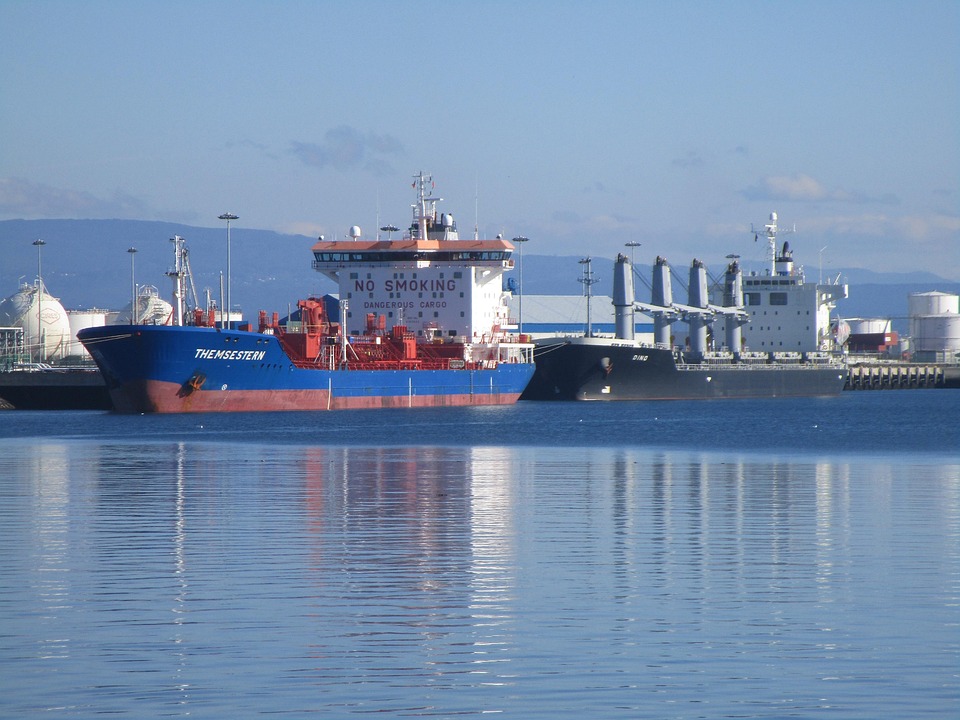
The first step in toy export customs clearance: Find your "ID number."
With 20 years in toy foreign trade, Ive often seen newcomers stumble on product classification. Just like confirming nationality before getting a childs passport, toy exports first require clear HS codes. Last week, a client mistakenly classified electric toy cars under regular toys, resulting in detention at the destination port and an additional 30% tariff payment.
According toClassification of CustomsAccording to regulations, toys are mainly divided into 7 categories:
- 9503.0010 - Childrens ride-on toys (such as walkers, scooters)
- 9503.0021 - Plush toys like teddy bears and other toy animals
- 9503.0083 - Powered toys like remote-controlled cars and talking dolls with motors
- 9503.0060 - Educational toys such as puzzles and building blocks
Last year, we handled a batch of intelligent programming robots exported to Germany. The client initially intended to declare them as "electronic equipment." After professional evaluation, they were ultimately classified under9503.0083the powered toys category, which not only sped up customs clearance but also reduced tariffs by 8 percentage points.
"Passport" to the Global Market: A Complete Guide to Certification Standards
After the cancellation of mandatory inspection in 2016, many companies mistakenly thought they could relax quality requirements. In reality, technical barriers in various countries have become increasingly stringent. Among toys recalled by the US CPSC last year, 32% were due to non-compliance with ASTM F963 standards.
The "access code" for key markets:
- US MarketUSA: Must pass ASTM F963 testing, with special attention to small part choking hazards. Last year, a case occurred where wheels could be easily pulled off a toy car, resulting in a full batch return.
- The European marketEU: EN71 standards impose the strictest limits on phthalates. We recommend preparing CE certification 6 months in advance - our partnered testing agencies typically require 4-6 weeks to issue reports.
- Japanese and Korean markets: The requirements for chemical substances in ST2016 and KS certification are nearly苛刻. A customer exporting modeling clay to Japan had an entire container destroyed due to excessive boron content.
Proposal to establishThree-tier quality defense lineRaw material inspection + production process sampling inspection + finished product full inspection. Our partnered Dongguan toy factory reduced customer complaint rates by 76% through this system.
Customs declarationThe "minefields" and "shortcuts" of...
In the last quarter, customs seizures of infringing toys increased by 45% year-on-year, with many cases resulting from "unintentional errors" during declaration. Common declaration pitfalls include:
- Brand declaration: Even for unbranded products, you must declare them as "No Brand" and never leave the field blank. Last year, a batch of toys was suspected of infringement due to undeclared brand information, resulting in demurrage fees of 2,000 yuan per day.
- Price declaration: For products that include R&D mold costs, it is recommended to list them separately. We have assisted clients in successfully avoiding valuation disputes through a "Price Clarification Letter."
- CCC certification: Imported electric toy cars must be certified, but those recalled and returned do not require recertification. This year, we handled a return case and saved 20 days by selecting the "13-No CCC Certification Required" option.
Recommend making good use ofCustoms intellectual property recordation. A well-known building block brand intercepted 3 batches of infringing goods within six months through recordation.
Recall crisis response guide
Receiving a recall notice is like getting a midnight call from the hospital - panic wont solve the problem. Last years CPSC recall of inflatable bouncing horses actually earned the manufacturer customer respect through their rapid response.
Four-step crisis management method:
- at the first opportunityVerify information on CPSC or Safety Gate websites
- Within 72 hoursPrepare technical documentation (test reports, production processes, etc.)
- Proactively contactImporters to develop recall compensation plans
- Trace the root causeImprove quality control points. The defect analysis system we helped clients establish can reduce recurrence rates by 90%
Special reminder: Products notified by EU RAPEX will face intensified inspections for identical goods within 6 months. Recommend suspending shipments and conducting comprehensive rectification.
Special advice from veterans
Recently helped clients sort through $2 million worth of detained toys - all problems stemmed from details:
- A batch of plush toys was detained by US customs due to untreated flame-retardant stuffing
- Remote control aircraft with mislabeled lithium battery power led to air shipment rejection
- Age labeling on toy packaging inconsistent with actual testing triggered ACCC investigation in Australia
Recommend monthly login toChina Technical Trade Measures Portalto check regulation updates. Our teams early warning system helped clients avoid 12 potential risks last year.
Remember, toy exports arent one-off transactions. Only by establishing a full-process compliance system from design to after-sales can you achieve steady progress in international markets. Friends needing specific case guidance are welcome to discuss anytime!


 Follow Customer Service WeChat
Follow Customer Service WeChat